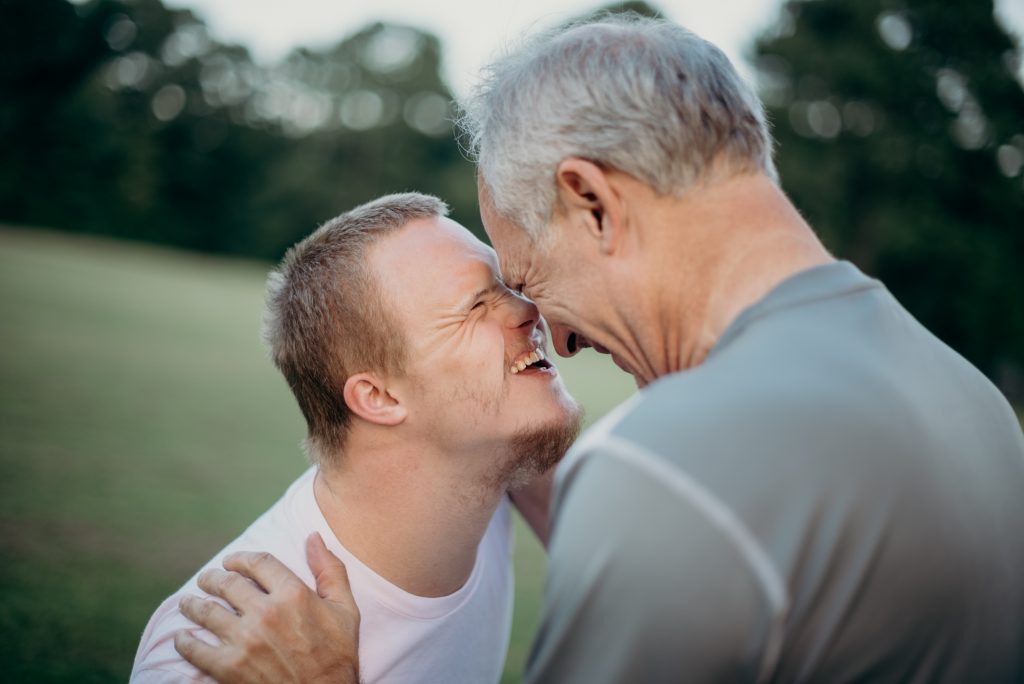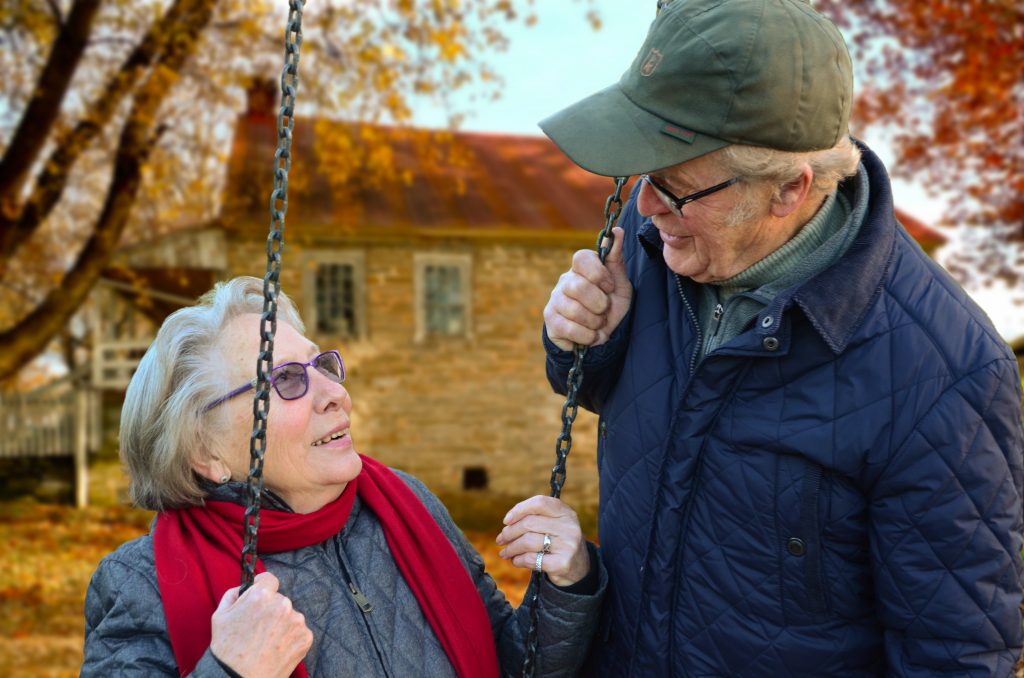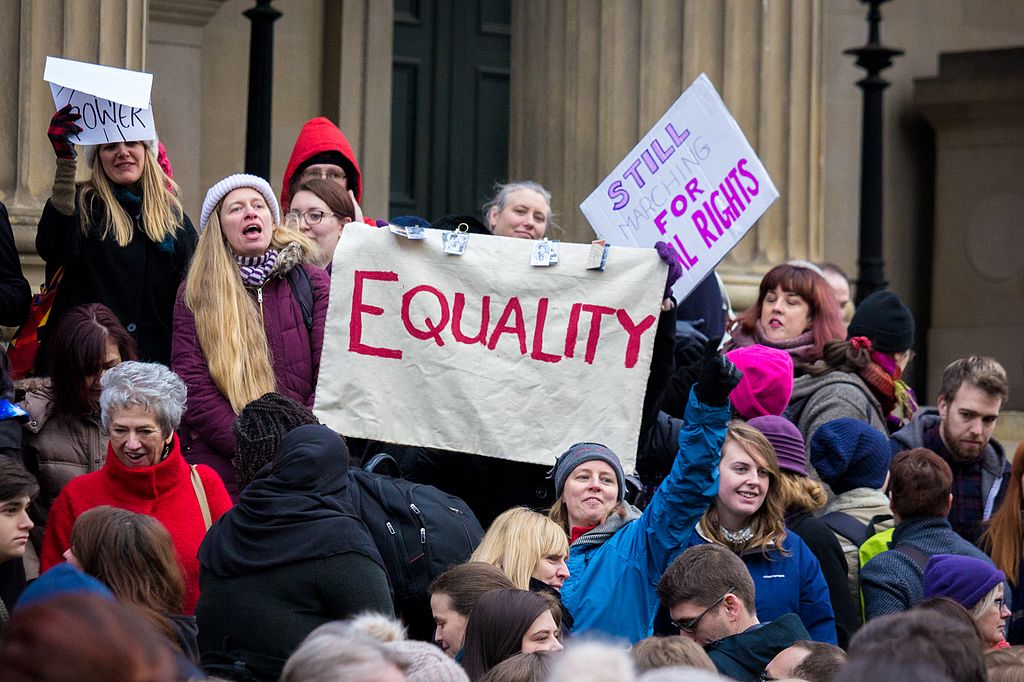In 2010 an Act of Parliament was passed consolidating a wide range of rules on equality and discrimination. It’s called the Equality Act, and it’s one of the most important laws that protect people in the UK from discrimination today. But how does it actually work?
Anti-discrimination law existed before the Equality Act 2010. The UK has been putting in place protections against discrimination for many decades, for example the Race Relations Act 1968, was the first legislation making it an offence to discriminate against somebody because of the colour of their skin, race, ethnicity or national background in the provision of goods, facilities and services, housing, and trade union membership.
The right not to be discriminated against goes all the way back to the Universal Declaration on Human Rights, which the UK signed up to – along with 47 other countries – on 10 December 1948, over 70 years ago.
However, it was the Equality Act 2010 that put all the UK’s anti-discrimination rules into a single piece of legislation.
We’ve put together this plain-English summary of the Act, so you know exactly how it protects you from discrimination in your everyday life.
Who Does the Equality Act 2010 Protect?
 Credit: Nathan Anderson Unsplash
Credit: Nathan Anderson Unsplash
The Act lists nine ‘protected characteristics‘. These are:
- age
- disability
- gender reassignment
- marriage and civil partnership
- being pregnant and on maternity leave
- race
- religion and belief
- sex
- sexual orientation
If you are discriminated against on the basis of any of these characteristics, then the Equality Act 2010 legally protects you. The Act imposes obligations on public authorities, employers, service providers, businesses, and any organisation exercising a public function, to combat discrimination and promote equality.
“A Duty to Consider All Individuals”
 Credit: Pexels
Credit: Pexels
One of the most important changes the Act made was to introduce the Public Sector Equality Duty. Put simply, any public authority – whether it’s a Government department, the police, or your local council – has to think about how its decisions will promote equality and protect against discrimination.
The Act contains clear guidance to public authorities on how to successfully carry out the duty. It highlights the need to promote understanding, tackle prejudice, and advance equality between people with different characteristics such as age, sex and race. The Government’s guidelines describe this as a duty to “consider all individuals when carrying out their day-to-day work”.
What Else Does the Equality Act 210 Do?
 Credit: Flickr
Credit: Flickr
In addition to the Public Sector Equality Duty, the Equality Act 2010 also sets out a list of ‘prohibited conduct’. Prohibited conduct includes direct and indirect discrimination, relating to any of the nine protected characteristics set out above.
Direct discrimination is when a person is treated less favourably than someone else would be, because of their age, race, gender reassignment – or any of the other protected characteristics. For example, if you are paid less than somebody else doing the same job because of your gender, this counts as direct discrimination under the Equality Act 2010 and can never be justified. It is illegal.
This is less easy to spot, but can be just as harmful. Even when a general policy doesn’t appear discriminatory at first glance, and applies in the same way to people of all characteristics, it can still be indirectly discriminatory.
If the policy affects some people more negatively than others because of their sexual orientation, race, disability (or any other protected characteristic), then it’s indirectly discriminatory. This is illegal under the Equality Act, unless justified by a legitimate aim.
For example in 2011, a boy of African-Caribbean origin was turned away from school because his hair was against the school’s policy of “short back and sides” for all male pupils. When the case came to court, this was considered indirect discrimination. It meant that boys from this particular ethnic background were unable to wear their hair in a way that celebrates their culture.
The list of prohibited conduct also protects people from discrimination on specific grounds. It contains a requirement to make adjustments for people with disabilities. It protects pregnant women’s right not to be discriminated against at work. Many other characteristics are protected by the Act, because it brings together several different laws on different types of discrimination.
Crucially, the Act also states that when you make a complaint against an organisation that has discriminated against you, it’s illegal for them to treat you more harshly because of it.
What if I Think I’ve Been Discriminated Against?
 Credit: Pxhere
Credit: Pxhere
If you think your right not to be discriminated against has been violated, you can make a complaint against whoever was responsible. If this doesn’t solve the problem you can take them to court.
Alternatively, you can report discrimination to the Equality and Human Rights Commission (EHRC). The EHRC, often described as the equality and human rights watchdog, can take legal action against public authorities or organisations carrying out public functions, to ensure they are combatting discrimination – as the law says they must.
For more information on your right against discrimination, check out these useful resources:
- RightsInfo’s section on Equality
- An explainer from the Equality and Human Rights Commission;
- The Citizens’ Advice Bureau’s guidance;







